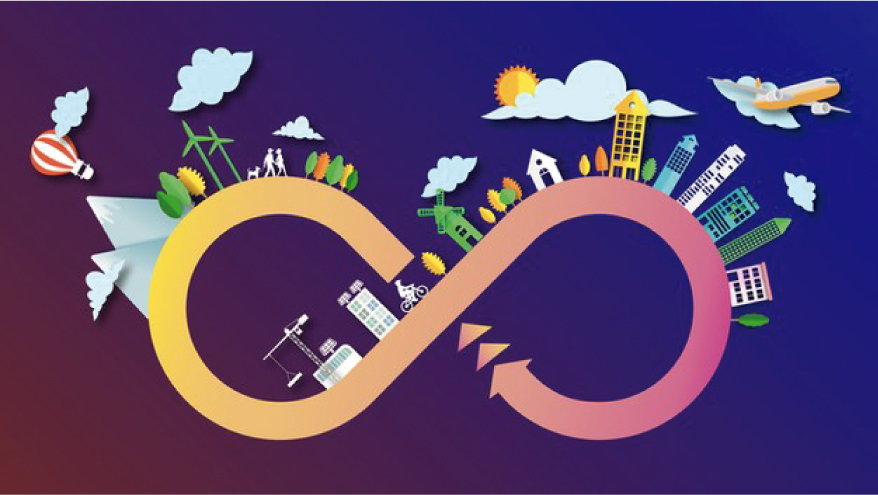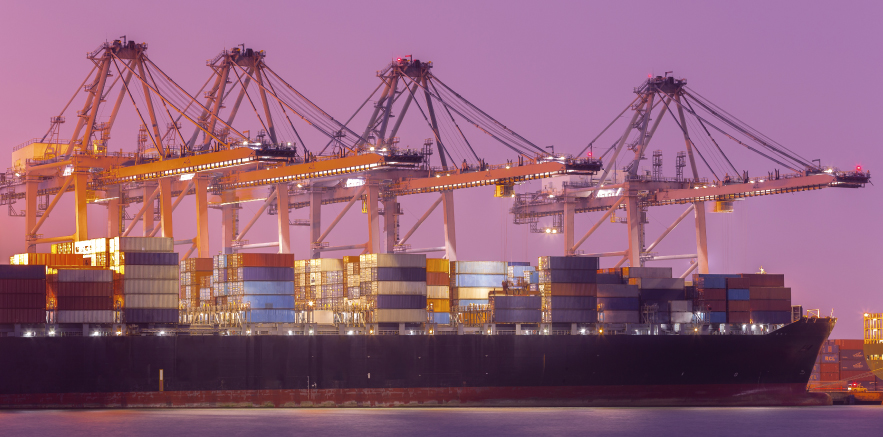The companies, on specific the ones involved on the logistic and transport industry, play a key role within the circular economy, due to the challenge that it has and the importance of being responsible for their role within the change and generate solutions that respond to the principles that the theory proposes.
To start, it is necessary to be clear about the concept and definition we took for this article.
The circular economy seeks to retain as much value as possible from the resources, products, issues, and materials to create a system that allows long life, optimum performance, conditioning, remanufacturing and recycling.
The circular economy seeks to retain as much value as possible from the resources, products, issues, and materials to create a system that allows long life, optimum performance, conditioning, remanufacturing and recycling.

In view of the above,
Do you want to meet which are the opportunities and benefits of implementing the circular economy on your business??
Select the industry of your interest to learn more:
Here we will mention the trends that will contribute to meet future challenges and gain competitiveness. These were compiled by the Eco-Innovation Laboratory in collaboration with the Barcelona Metropolitan Area (BCL) and CIMALSA who have developed an analysis work about the future of the logistics sector.
1. Intelligent logistic operation: is a process that should become more efficient. For example: installation of logistic control towers, this to have over observation the operation and productivity of the ground transportation; this helps them to keep track of routes, drivers and news.
2.Logistic role in the circular economy: to carry out profitable circular business models, there must be synchronization with supply chain management. Success lies in the recirculation process of materials and the return flows (reverse logistics).
3. Multimodality: is an alternative that integrates the different transport facilities, with the aim of finding the most optimal way to translate goods, especially in the international field. This is presented as an alternative solution to satisfy the needs of the consumers and to avoid problems due to the saturation of the network.
4. More efficient vehicles: the logistics sector must look for alternatives to carry out the recycling of goods, materials, and waste in the most optimal way, reducing damage generated to the environment. Having this objective clear, alternatives such as electric and diesel vehicles have begun to be implemented for land transport.
5. New business models: rethink the business is a task that is linked to the circular economy and with this is the transformation of the management models of the value and supply chains. In this case, the logistics sector must become aware of the changes it must make to be more profitable and sustainable over time.
6. More sustainable infrastructures: the construction of ports, airports, roads, stations, logistic platforms and stores must be done in a sustainable way, taking into account environmental criteria that allow to reduce the damage to the environment and carry out the thinking about the resources optimization, making it more profitable.
In view of the above,
Do you want to meet which are the opportunities and benefits of implementing the circular economy on your business??
Select the industry of your interest to learn more:
Here we will mention the principles that rule this economic model and that establish a roadmap defining how it should work.

CIRCULAR ECONOMY PRINCIPLES
The waste is transformed into a natural resource: biodegradable materials can have another purpose when they return to nature and those that are not biodegradable should seek alternative use.
The second use: starts from the base of reintroducing in the economic circuit those products that no longer meet consumer’s needs and will no longer be used.
Re-use: this involves reusing certain waste or objects that can fulfill other functions or serve to make new products.
The separation: is to restore the objects that can be fixed and continue working correctly.
The recovery: to make the most of the life of products that cannot be recycled.
The economy of functionality: it proposes that the products that are no longer functional, return to their fabric, so, there they can extract the parts that are still useful, reuse them and create a new product.
Renewable energy sources: this principle proposes the elimination of fossil fuel and to use energy that comes from renewable sources.
The eco-friendly: aims to reduce the environmental impact of the activities, it`s about minimizing the environmental risk in each task or function that we make. This applies to production issues.
In view of the above,
Do you want to meet which are the opportunities and benefits of implementing the circular economy on your business??
Select the industry of your interest to learn more:





